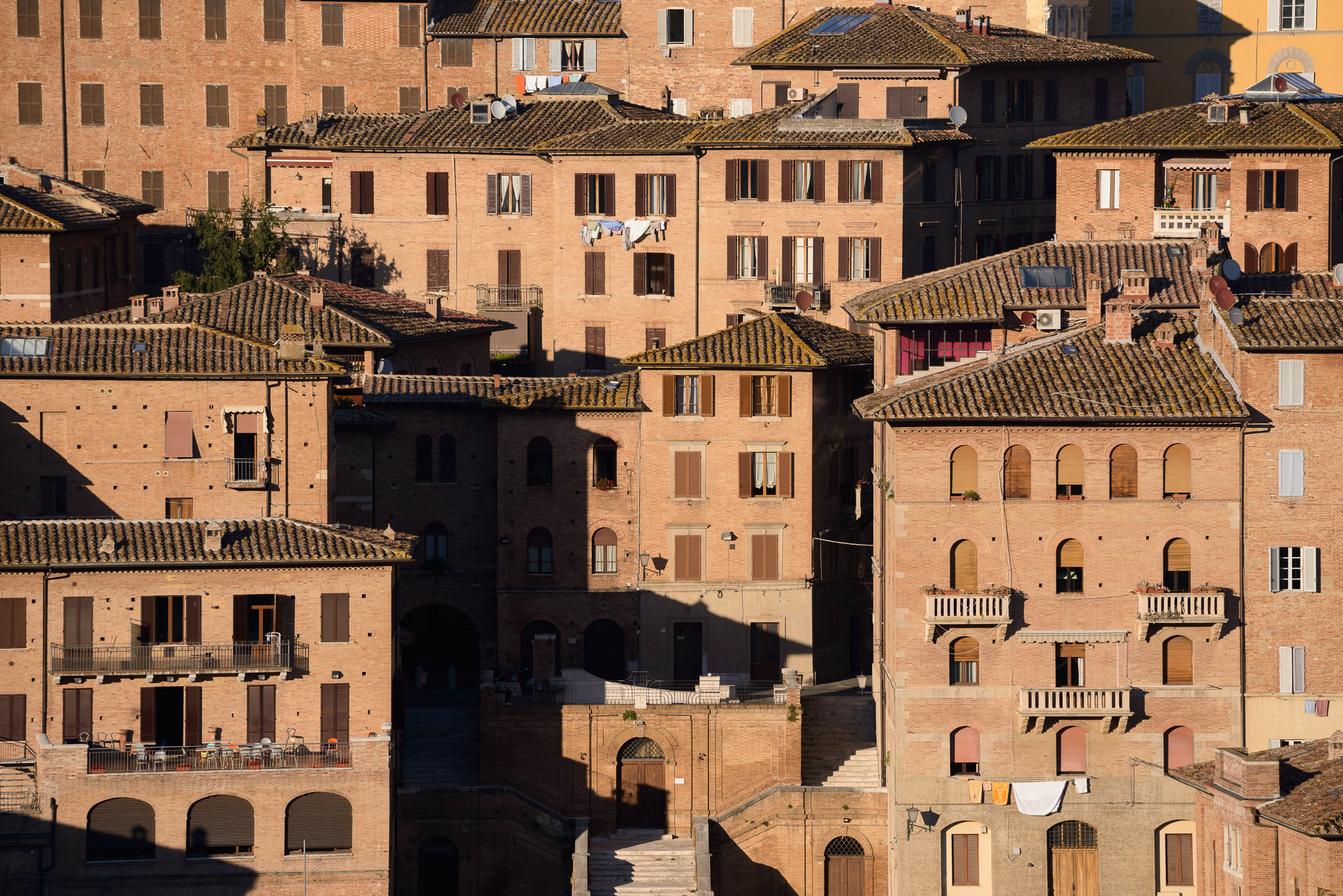Wow - a lot of posts on this topic.
Aperture, Auto ISO and Shutter priority are all semi automated modes. This means that you directly control one or two variables, and float another based on the scene and metering. It also means that variations are caused by background changes as well as subject luminance. The solution is to use Exposure Comp with all of these options.
Particularly for long lenses, I always want to shoot either wide open or very slightly stopped down. Aperture is a set it and forget it choice, and that's why it is used for wildlife. Shutter speed has some latitude, but it is usually within a narrow range depending on whether the subject is moving or near static. I'm usually at 1/2400 sec or 1/400 sec give or take - action and perched in shade. ISO can float as needed, but I may want to intervene above ISO 6400. In theory, you could use Banks to have Auto ISO settings for Action and Static subjects.
When I teach someone to manage exposure, we talk in terms of Aperture Priority and just three aperture choices - f/3.5 or wide open for a blurred background, f/11 for a detailed background, and f/8 for groups of people or casual use - and exposure adjustments are made with Exposure Comp.
I find the preferred choice depends a lot on what, where and how you photograph. If your subject matter is lit by full sun and commonly positioned in a single direction, this becomes a lot easier to dial in an appropriate amount of Exposure Comp and have limited variation. This applies to much of the western US as well as shorebirds. But if you are photographing wildlife in eastern forests with a wide range of light levels and backgrounds, adjustments to Exposure Comp can have a 5 stop range or more. In these cases, full manual has some advantages. If you have changing light levels - especially within more modest extremes or unexpected changes - one or more of the semi automated options are useful.
I don't think it has anything to do with experience or skill level. Professionals don't choose manual because of skill - they choose it because it gives the desired results. But they can choose alternative settings using automation.
For me, full Manual is generally a better option. Most of my photography is in constant light from a single direction with possible changes in backgrounds, or small birds in wooded areas with everything from full sun to deep shade within a short distance and time. I set up Exposure Comp for medium shade with a bright background, and this allows me to switch to Auto ISO and be in the ballpark within a second or two. But my primary mode is full Manual set up for full sun - basically sunny 16. This is normally a pretty good option, and with the EVF I can quickly adjust as needed.




